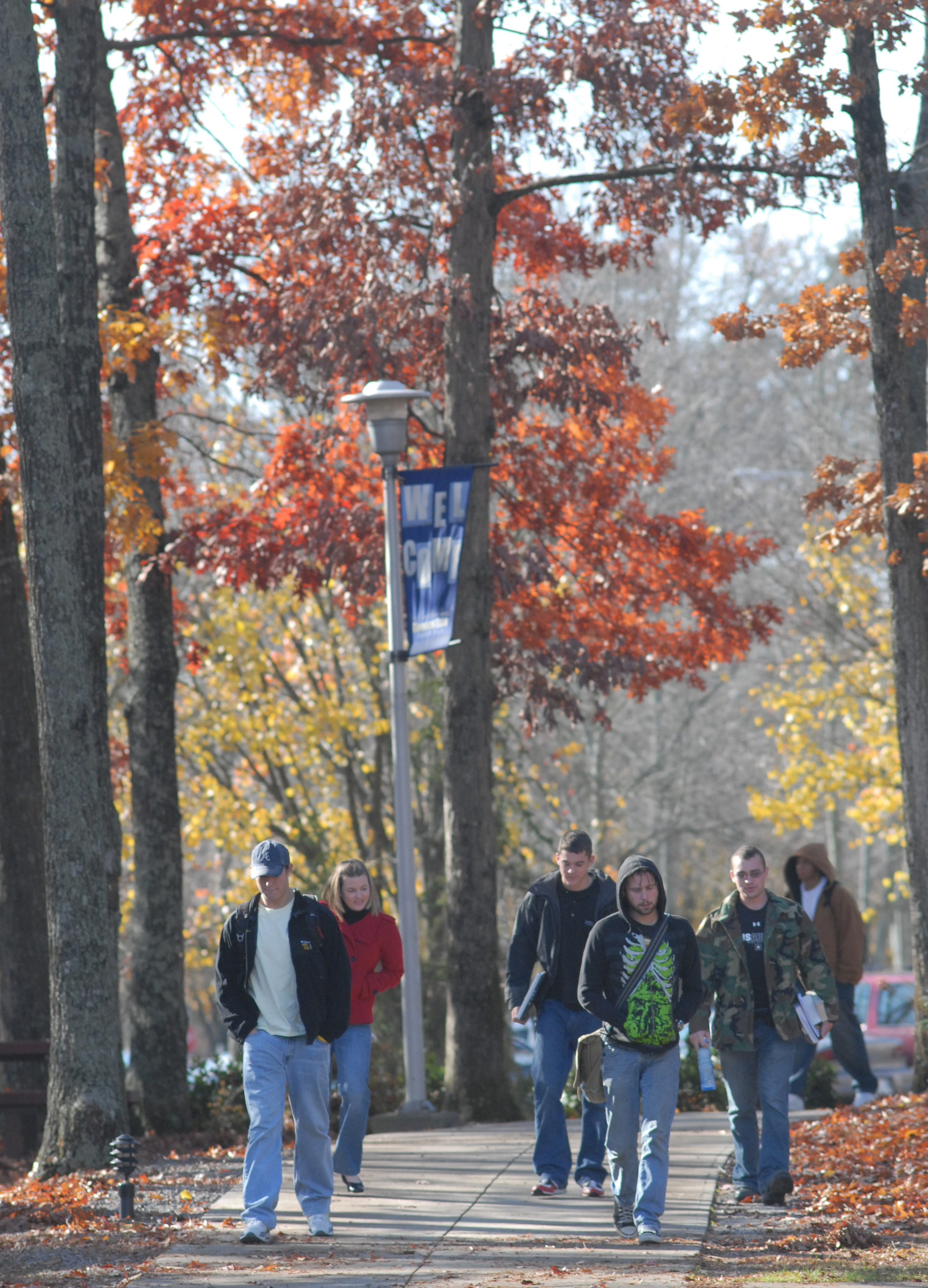DEFAULT RATES BY SCHOOLHere is a look at local two-year default rates, reflecting the percentage of students from each school who haven't paid on their loans in more than a year. The national average is 8.8 percent.• UTC: 8.4 percent• Tennessee Temple: 13.8• Richmont Graduate University: 0• Chattanooga State: 12.8 percent• Bryan College: 3.8 percent• Southern Adventist University: 3.3 percent• Pentecostal Theological Seminary: 1.5 percent• New Concepts School of Cosmetology: 20.9 percent• Lee University: 8.1 percent• Franklin Academy: 11.7 percent• Cleveland State Community College: 13.7 percentSource: U.S. Department of EducationREPAYMENT OPTIONSStudents do have repayment options. Payment can be deferred for certain career choices, and the government will tier payments based on income. For more information, see IBRinfo.org.Source: Project on Student Debt
Defaulting on a student loan can haunt you -- standing in the way of a new job, buying a house, renting an apartment, going back to school.
But recently released national education data show more students coming out of Chattanooga-area colleges and universities aren't making payments on their debt.
At the University of Tennessee at Chattanooga, the percentage of students who hadn't made a loan payment in more than a year jumped from 6.5 in 2008 to 8.4 in 2010, according to figures published this month by the U.S. Department of Education. At for-profit Chattanooga College the default rate rose from 7.7 percent to 12.8 percent.
Community colleges show similar trends. Cleveland State Community College's default rate increased 1.7 percentage points to 13.7 in 2010, and at Chattanooga State Community College the rate increased 2.3 points to 17.3 percent.
And that's just the two-year default rate. Experts say the three-year default rate is much scarier. For example, three years after leaving school at Chattanooga State, 24.83 percent of students, or 442, are in default.
"These are students who were never able to make payments on their student loans," said Debbie Cochrane, program director of the Institute for College Access and Success, a think tank in Washington, D.C. "The debt can chase them to the grave."
Even as many students nationwide are taking on bigger debt, 8.8 percent of student loan borrowers, or 320,000, who entered repayment in 2009 had defaulted by the end of 2010. That's up from 7 percent for those entering repayment in 2008.
Those having the most trouble are coming from for-profit schools, where the default rate is typically double that of public schools, Department of Education data show.
Of borrowers entering repayment in 2009, 15 percent of those from for-profit colleges defaulted, compared with 7.2 at public colleges and 4.6 percent at nonprofit colleges.
"The weak economy does not explain the tremendous variation in default rates by type of school," said Cochrane. "These data make clear that students who attend for-profit colleges are at much greater risk of defaulting than students who attend other colleges.
"That's not just because the default rates of borrowers [are] so much higher, but also because students at for-profit colleges are so much more likely to borrow in the first place," she said.
Chattanooga College could not be reached Friday for comment.
Jim Catanzaro, president of Chattanooga State, said the two-year public school is working hard to curb high default rates. But several factors work against the effort, he said.
Students who don't finish their degrees are at a higher risk for default because they don't have the credentials to get a better job, Catanzaro said. At Chattanooga State only 24 percent of students finish their two-year degree within six years of starting their course of study.
People are also choosing the wrong majors, he said. Schooling in science, technology, engineering or math will secure more longtime earnings than studying the humanities, he said.
"We are fighting an economy that is tough right now. They aren't picking careers that they can pay it off," Catanzaro said. "If they are living in a dream world and majoring in history or something, they aren't going to pay it back."
Cochrane said schools should do a better job of educating students about repayment options. With tiered payments based on income and deferred payment for certain career choices, there is no need for students to go into default.
"Temporary struggles should not be an excuse," she said.
And the stakes for colleges will rise, beginning in 2014. Sanctions for high cohort default rates will be based on defaults that occur over three years rather than the current two-year window.
Sanctions for colleges with high default rates could bar some from qualifying to offer federal loans to students, which could take a real bite out of their recruitment.

